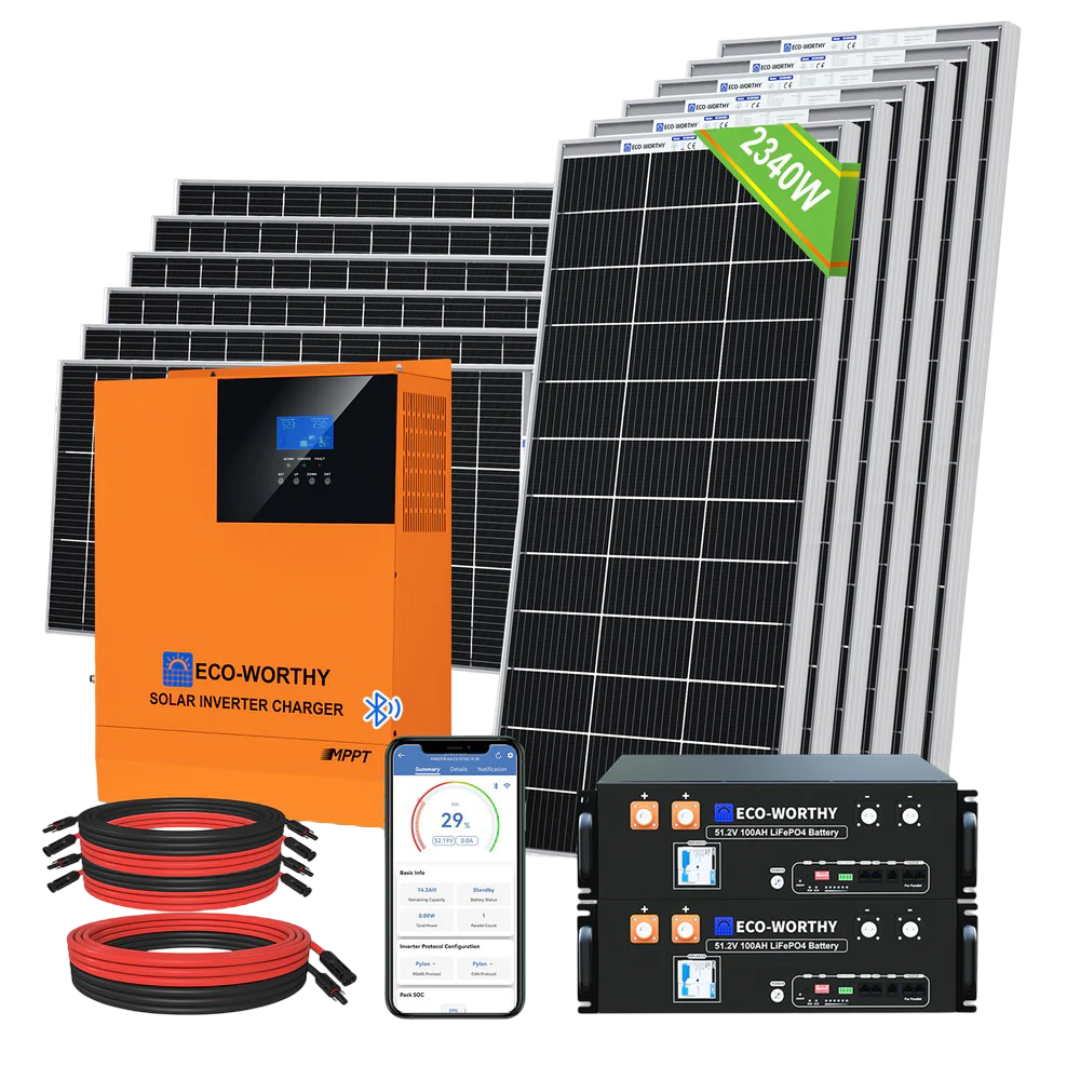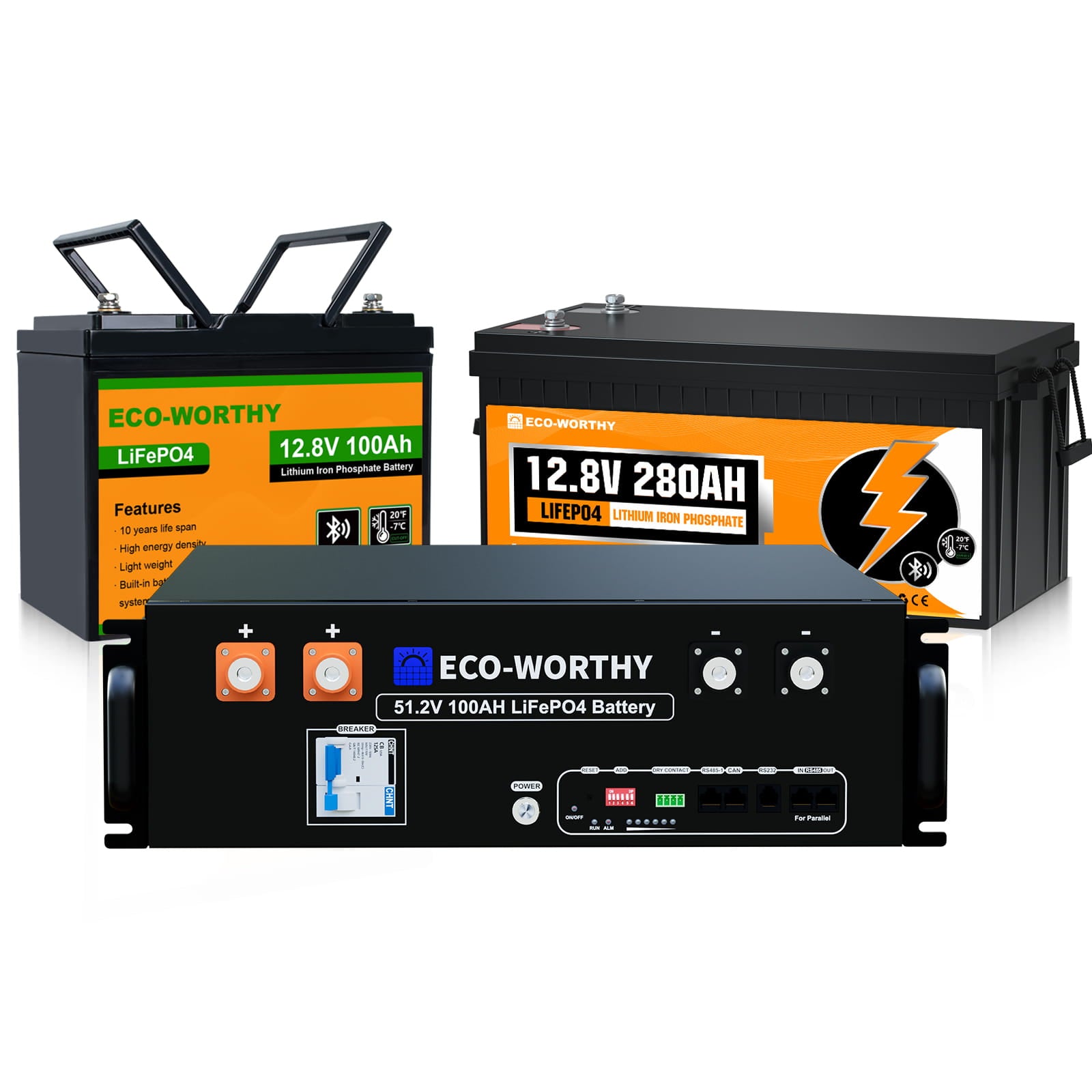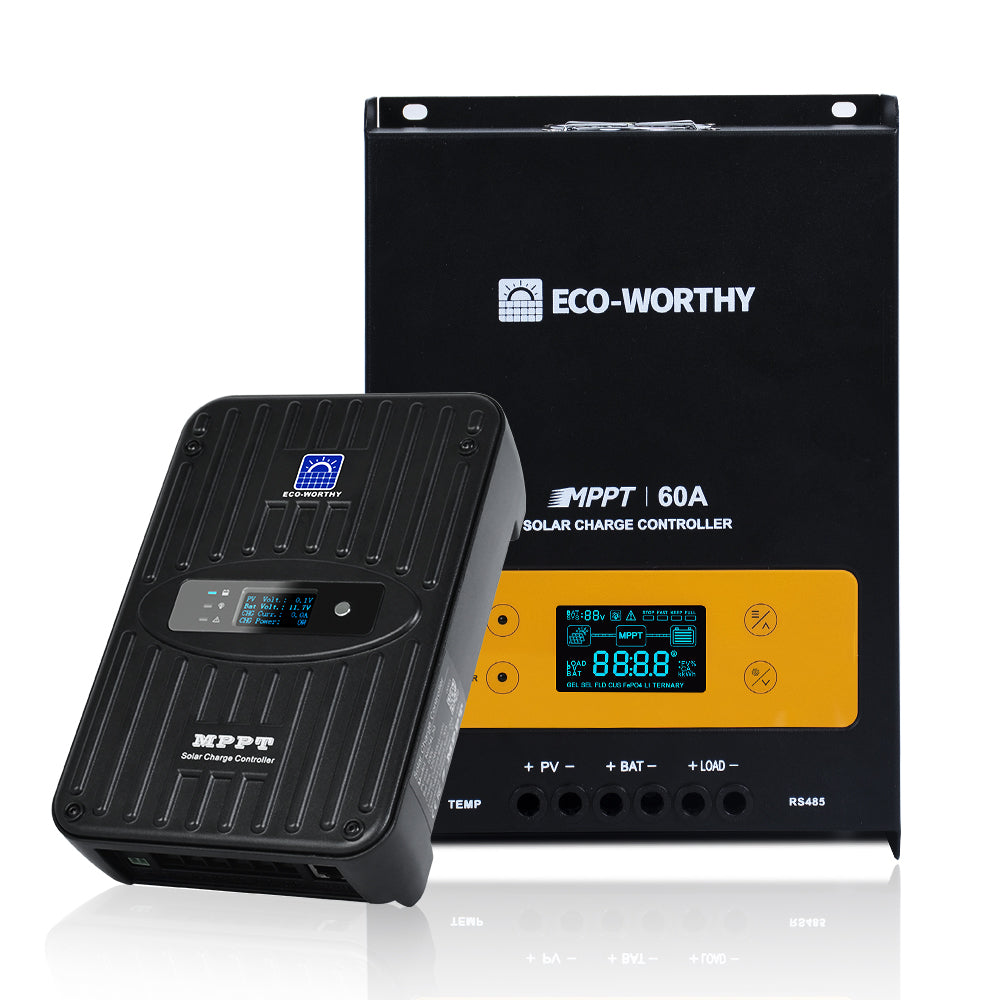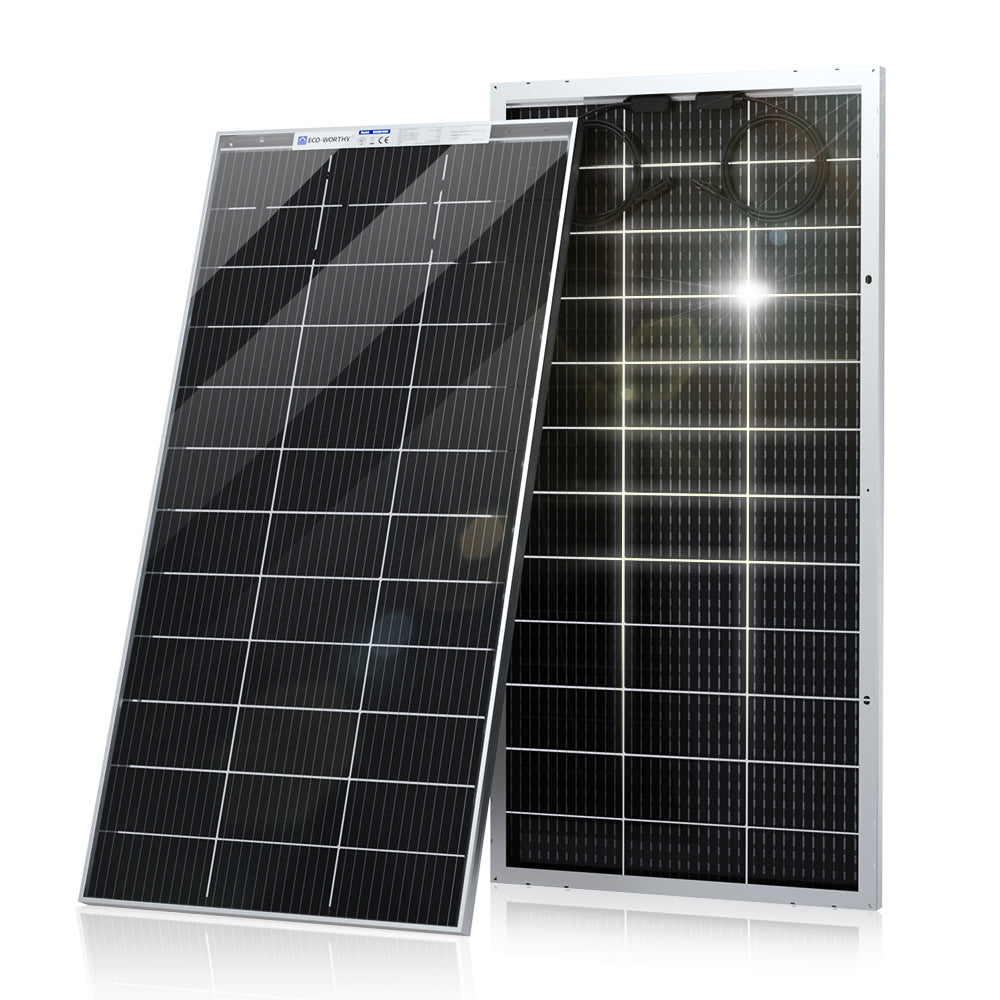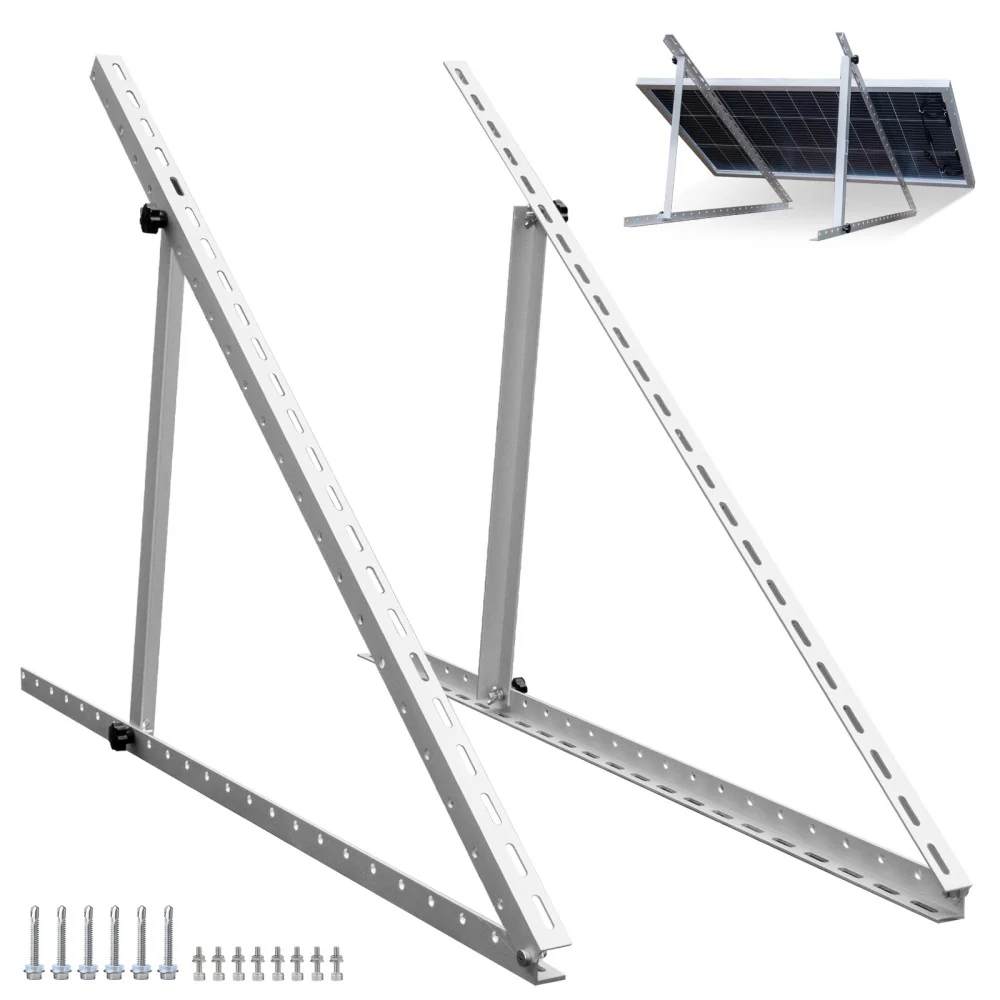Navigation
- How Do Temperatures Impact Lithium Battery Chemistry?
- What Are the Ideal Temperatures for LiFePO4 Batteries?
- Seasonal Use and Maintenance for LiFePO4 Batteries in the UK
- Maximize Battery Life: Follow Temperature Guidelines
Lithium batteries power many of our everyday devices. However, their performance and life span depend much on the temperature. This article explores the effect of temperature on lithium iron phosphate (LiFePO4) batteries. We will look at the science behind chemical and physical changes that take place within batteries due to heat and cold. The blog discusses optimal temperatures for battery use. It also offers tips on how to effectively employ these batteries during different seasons based on the climate of UK.
How Do Temperatures Impact Lithium Battery Chemistry?
Temperature is a key determinant in lithium battery's performance and lifespan since it directly impacts chemical reactions and physical processes taking place within these storage devices.
1. Chemical and Physical Changes at Varying Temperatures
This means that lithium batteries have some specific characteristics when subjected to different high or low temperature ranges which affect their behaviors directly.

2. Performance at High Temperatures
- Increased Conductivity: With elevated temperatures, lithium batteries' electrolyte gradually turns to become more conductive thus allowing ions move between electrodes more freely. Moreover, its enhanced conductivity may temporarily enhance power output of this cell as well as charge/discharge rates.
- Potential Thermal Runaway Risks: In addition, extremely high temperatures can provoke an uncontrollable chain reaction termed thermal runaway; if this happens, the generated heat within the cell surpasses its dissipation speed leading to greater heating hence additional possible battery damage including burning.
3. Performance at Cold Temperatures
- Decreased Ion Mobility: At lower temperatures, ion mobility in the electrolyte solution decreases due to reduced ionic movement across electrodes indicating poor conduction with subsequent decreased capacity while slower charging/discharging speeds will definitely be experienced by such cells.
- Reduced Capacity and Potential Permanent Damage: Prolonged exposure to very cold temperatures can cause lithium plating on the anode, which could permanently impair the battery's ability as well as shorten its life cycle thereby causing short circuits which may result into accidents.
4. Thermal Management Solutions
To mitigate these temperature-related issues, battery manufacturers and system designers incorporate various thermal management strategies. These may include advanced battery cooling systems, insulation materials, and sophisticated battery management systems (BMS) that monitor and regulate temperatures within safe operating ranges.
What Are the Ideal Temperatures for LiFePO4 Batteries?
LiFePO4 (lithium iron phosphate) batteries perform best when operated within certain temperature ranges. Adhering to these recommended temperatures is crucial for maximizing battery performance, lifespan, and safety. The ideal operating temperatures are categorized into three main ranges:
1. Optimal Temperature Range: 20°C to 30°C (68°F to 86°F)
This is the ideal temperature range for regular LiFePO4 battery operation. Within this range batteries can deliver their full rated capacity with minimal degradation over time. Also, the risk of potential safety issues like thermal runaway or lithium plating is minimized.
2. Charge Temperature Range: 5°C to 45°C (41°F to 113°F)
The acceptable charging temperature window for LiFePO4 batteries falls within these parameters. However, avoid charging near extremes as it may stress the battery too much. For optimal battery health during power-up, a recommended range is 10°C to 35°C (50°F to 95°F).
3. Discharge Temperature Range: -20°C to 60°C (-4°F to 140°F)
When using LiFePO4 batteries, they can be operated within this range of temperature. Nevertheless, battery life and performance may be affected if they are used for long periods near the limits. For optimum results, it is recommended to discharge them at temperatures ranging from 0°C up to 45°C (32°F to 113°F).
However, it is important while operating a LiFePO4 battery that you maintain its temperature in an optimal range of 20-30 degrees Celsius. This ensures maximum capacity, long life time and minimized risk of danger as well as other safety aspects associated with the use of this type of batteries.
Occasional deviations from these ranges may be unavoidable, but for optimal results and maximum service life, it's best to keep LiFePO4 batteries operating as close to the ideal temperatures as possible.
Seasonal Use and Maintenance for LiFePO4 Batteries in the UK
With its mild yet distinct seasonal variations, the UK climate presents unique considerations for the optimal use and care of LiFePO4 batteries. Adapting your battery management practices to the changing temperatures and weather conditions throughout the year can greatly extend the lifespan and ensure peak performance of these energy storage solutions.
1. Spring and Summer (Milder Seasons)
During the warmer months in the UK, with temperatures typically ranging from 15°C to 25°C, it's important to keep LiFePO4 batteries stored at room temperature, ideally between 18-22°C. Before extended periods of use or storage during spring and summer, ensure the batteries are fully charged to their maximum capacity. Regularly monitor voltage levels, aiming to keep them within the recommended range. If occasional heatwaves occur, with temperatures exceeding 30°C, implement cooling measures such as fans or shading to prevent the batteries from overheating above 35°C.
2. Autumn and Winter (Colder Seasons)
As the weather turns colder in autumn and winter, with average temperatures between 2°C and 8°C, it's crucial to insulate LiFePO4 batteries to maintain their temperature above 10°C when operated or stored in these conditions. In freezing temperatures, slightly reduce the maximum charge voltage to prevent overcharging. If storing batteries for extended periods during winter, charge them to 40-60% capacity to minimize degradation. For batteries that remain inactive for long stretches, fully charge and discharge them every 2-3 months to maintain their overall health and prevent excessive self-discharge.

Maximize Battery Life: Follow Temperature Guidelines
Adhering to recommended temperature ranges is vital for optimal LiFePO4 battery performance and longevity. Maintain operating temperatures between 20°C-30°C, charge between 5°C-45°C (ideally 10°C-35°C), and discharge between -20°C-60°C (optimally 0°C-45°C). Seasonal adjustments, like insulation in winter and cooling in summer, can further extend battery life in the UK climate. Proper temperature management protects your investment while promoting sustainable energy storage solutions. Implement these temperature guidelines to get the most out of your LiFePO4 batteries.
12V LiFePO4 Lithium Batteries | 24V/48V LiFePO4 Lithium Batteries | Battery Accessories

